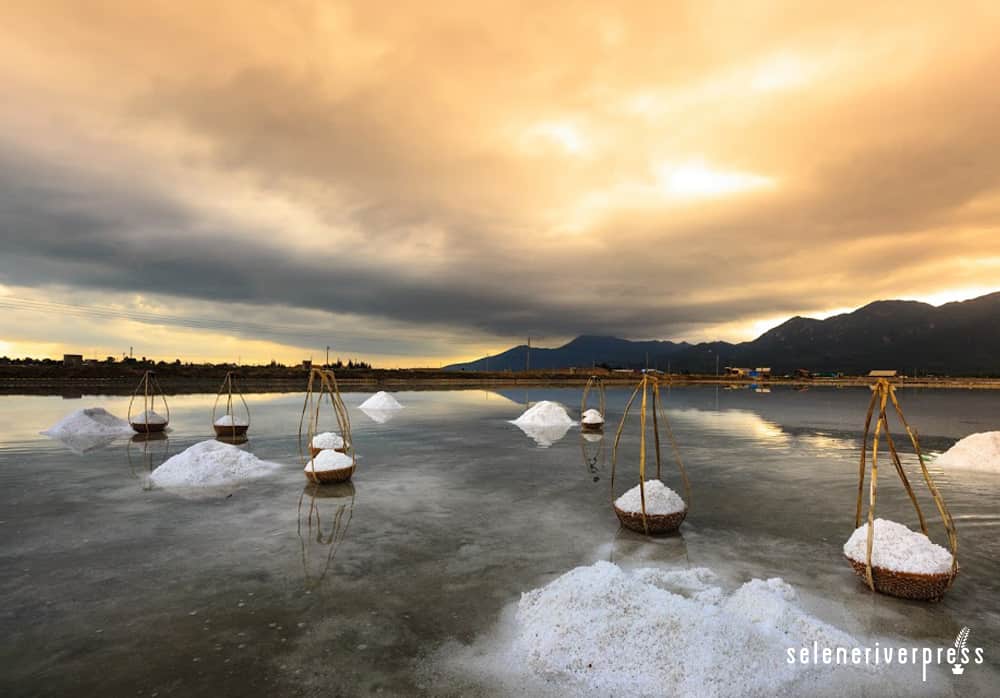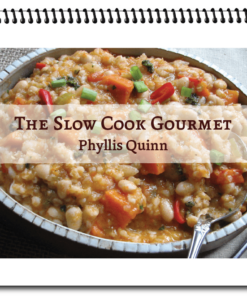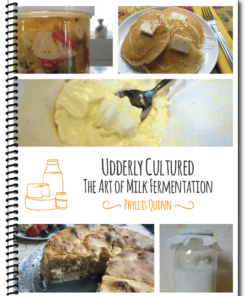When it comes to cooking, my friends think I’m a trend spotter (and they may be right!). And I’ve noticed that salts of all kinds are definitely in the limelight these days. Because I love to cook and create new recipes, and with a plethora of new salts readily available, I want to introduce you to new delights just waiting to be experienced. Salts have become trendy. In more than 40 years of cooking, I have found that all recipes are variations on a theme (recipes created by individuals were limited by what was available in their marketplaces). This was true for all regional ingredients like produce, cheeses, or meats from different towns and now it’s true for salts too.
It’s likely you’ve heard about the newest salts: Hawaiian red and black salts, sel gris (a gray salt) from England or France, rock salt, Jurassic salt from Utah, Chardonnay oak smoked salt, and specialty finishing salts. It all can feel so confusing, and potentially costly too.
Salt has always played an important role in society. The ancient Greeks traded salt for slaves and Roman soldiers were partially paid in salt—the word “salt” comes from the Latin word salarium, meaning salary. Today, salt has more than 40,000 applications, from medicine to manufacturing. But for most of us, its main function is in the kitchen. So what’s in your kitchen? Here are prices and details for some of the most popular and new salts available.
Table salt: $1.50 for a 26-ounce box
Sea salt: $1.89 for a 26-ounce box
Kosher salt: $2.59 for a 32-ounce box
Sel gris: $8.00 for a 4.5-ounce tin
Black salt: $10.00 for a 5-ounce tin
Red Alaea Hawaiian sea salt: $9.00 for a 5-ounce tin
Jurassic salt: $10.00 for a 5-ounce tin
Chardonnay oak smoked salt: $12.50 for a 4-ounce tin
Other specialty finishing salts are sold by the pound.
Table salt: The most common salt. You can easily find this cheap white salt in most supermarkets. It’s mined and processed into small, uniformly shaped cubes. Additives are present to prevent caking and it’s usually iodized. It’s often bleached, doesn’t dissolve very well, and you should avoid it if possible. Sea salt is the recommended substitute for baking.
For years, I kept a box of table salt next to a bottle of white vinegar for “green” cleaning my copper pots, just as my mother and her mother did. I wish you could see the three of us admiring the radiant pink shine of the copper, all the while remarking that we used no chemicals.
Sea salt: Created when ocean waters flood shallow beds along coastlines. During the summer months the water evaporates, leaving large salt crystals. The different waters and minerals from the surrounding land lend their flavors to these flaky salts and thus create many exotic varieties.
Kosher salt: Made by compacting granular salt between rollers, which produces large irregular flakes. Its shape allows the salt to easily draw blood when applied to freshly butchered meat (the koshering process). Unlike table salt, kosher salt contains no additives. I like to clean my fresh roasting chickens in a kosher salt water bath (add a teaspoon of apple cider vinegar to the water). Not only does this clean the stale blood from the internal cavities, but it also permeates the meat so any herbs and spices you use are more intense.
Sel gris (gray salt): Harvested in France, Brittany, or Utah. This salt has chunky, irregular crystals and gets its gray color and distinct flavor from minerals in the clay bottom of ponds and marshes. Its natural color is pleasant and its taste is mild. Highly prized for its use on meats and fish, particularly when barbequing, roasting, frying, or broiling.
My son, Billy, soaks rainbow or salmon trout (bigger and meatier than brook trout or lake trout) in a sea salt brine solution overnight in preparation for smoking the next morning. He tells me this greatly improves the flavor and decreases smoking time.
Black salt: Actually not black at all (usually pinkish to white). This salt comes from heavily mineralized seabeds. Its sulfuric aroma makes it perfect on chutneys and chaats.
Red Alaea Hawaiian sea salt: Available in red or black. These specialty finishing salts give any dish a professional “artisanal” look and add distinct, powerful, unique flavors. Red salt has an iron taste and the black salt has a sulfuric aroma from added purified lava.
Jurassic salt: A delicate pink salt from Utah. This pure salt comes from an ancient North American inland sea that was long ago sealed underground by volcanic activity. It’s a must-try and is delicious on raw vegetables and salads.
Chardonnay oak smoked salt: Smoked using old French oak barrels once used to age fine wines. This gray (almost black) salt is great on meat or seafood, but is especially delicious on egg dishes, salads, and potatoes. Try sprinkling some of this salt on home fries or fresh ham.
Experimenting with flavors on your own isn’t for the faint of heart. Read the labels carefully on the salt tins, as most companies offer suggestions on what food and/or cooking method best suits your new salts.
Recently, a friend sent a treasury of exotic salts to my home, which was an exciting and thoughtful gift for an old salt like me. The Chardonnay oak smoked salt, Jurassic salt, and sel gris I received inspired me to try old favorites with new enthusiasm.
A final note on salts: whatever new salts you try, use them with great enthusiasm but sparingly—be creative and soon you’ll be seasoning your foods like the great chefs of the world. After all, salt was their secret!
Kosher or Sea Salt Brine for a Whole Turkey
Ingredients
1 turkey, about 13–14 lbs.
2 cups kosher salt or coarse sea salt
1 cup raw honey or real maple syrup
1–1½ gallons or more very hot water, about 170°F (do not use boiling water)
8 large garlic cloves, quartered or chopped
1 tablespoon whole black peppercorns
3 tablespoons poultry herbs such as sage or rosemary, or other herbs you prefer (optional)
Special equipment:
Large plastic bag (re-sealable or with twist tie) OR a tall, narrow plastic container with tight-fitting lid. Either option must be large enough to hold a 13–14 lb. bird (the best size for brining).
Instructions
- If using a large plastic bag, place it in a container to steady it. If using a plastic container, clean it thoroughly before adding ingredients.
- Add ingredients in the order given, stirring in the hot water to dissolve the salt.
- Place bird in the bag or container. Make sure to submerge it under the brine, adding more hot water if necessary.
- Keep the container covered (or the plastic bag tied). Place in a cooler or refrigerator overnight, or at least 6–8 hours.
- Preheat oven to 325°F. Remove turkey from brine. Rinse inside and out several times in cool water, then pat dry with paper towels.
- Place turkey in the oven to roast. Cook time is based on the size of your bird. Note: a 14-lb. bird should roast about 4½ hours (check with a meat thermometer at the thigh joint).
- For best results, let the turkey rest for 30 minutes before carving.
Image from iStock/quangpraha.





